Use Guardrails for AI-Assisted Coding
AI-assisted coding is still in its early stages. This article explores the immediate and future impacts of integrating AI...
Resource Hub
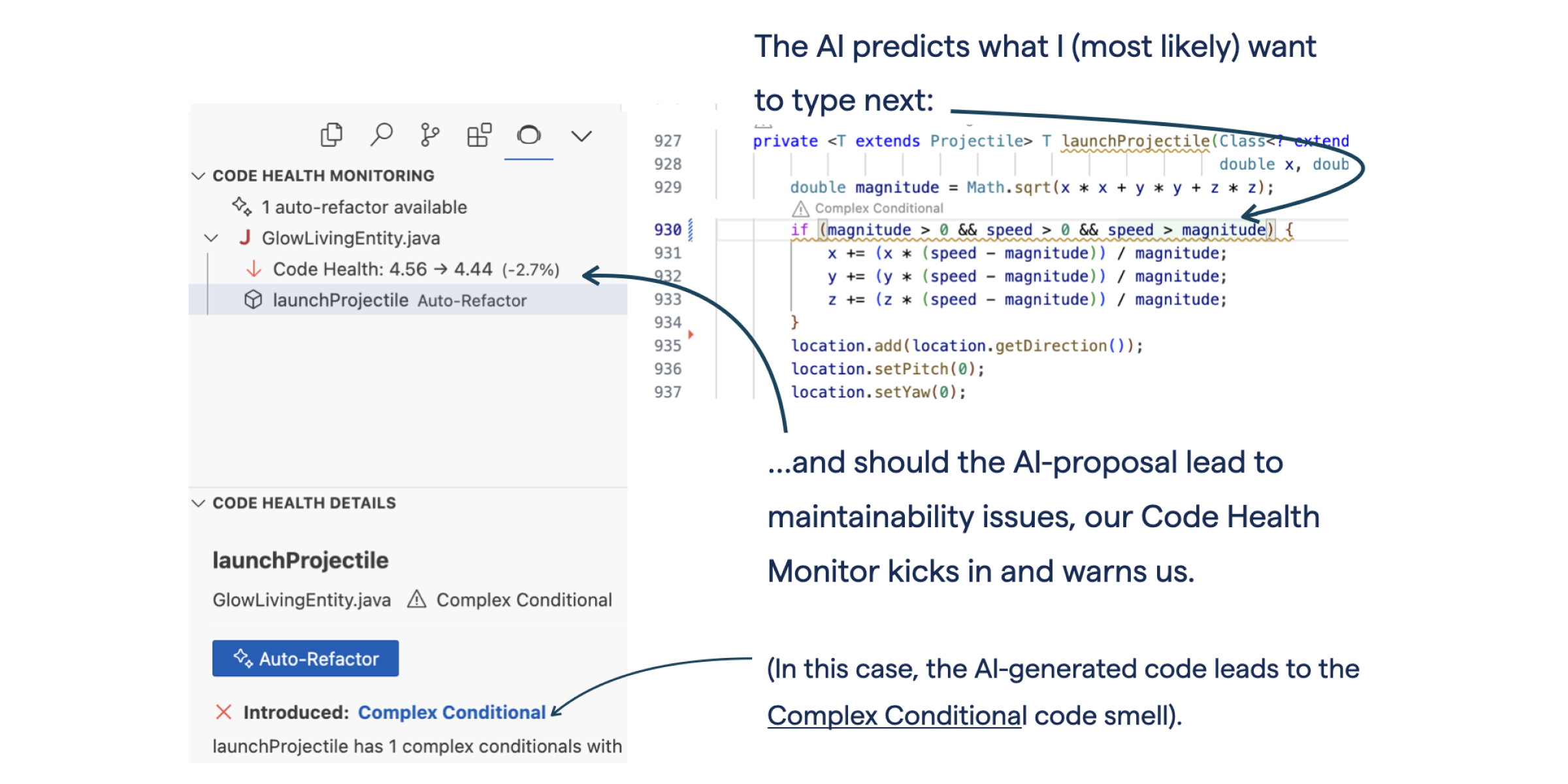
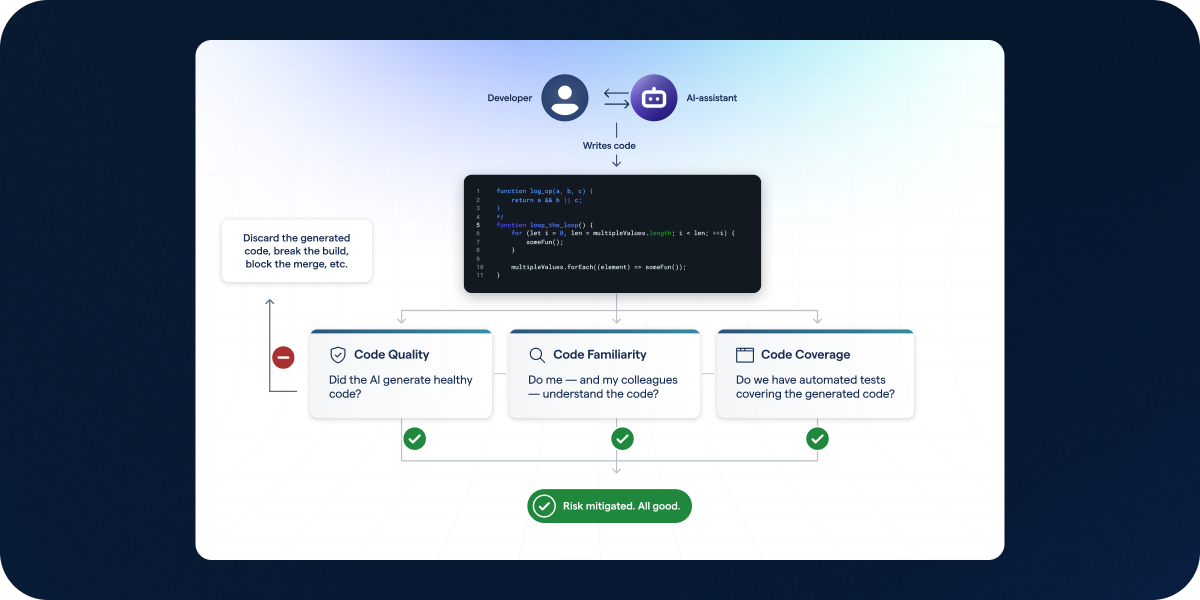
AI-assisted coding is still in its early stages. This article explores the immediate and future impacts of integrating AI...
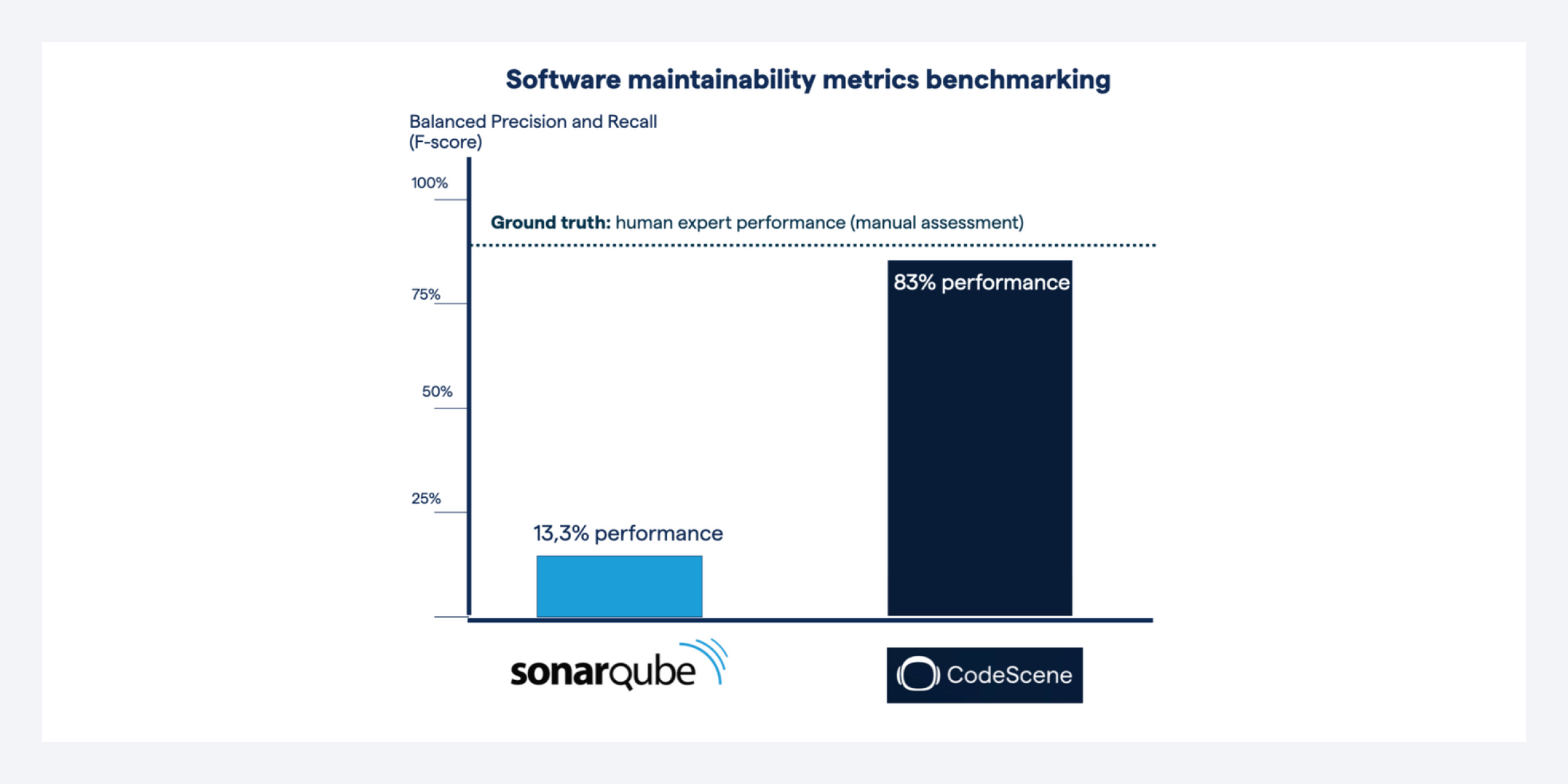
CodeScene surpasses SonarQube by 6 times on the public software maintainability dataset, scoring 83% vs. SonarQube's 13.3% using...
In this article, we’ll use a statistical model that translates Code Health scores into tangible business value – faster...
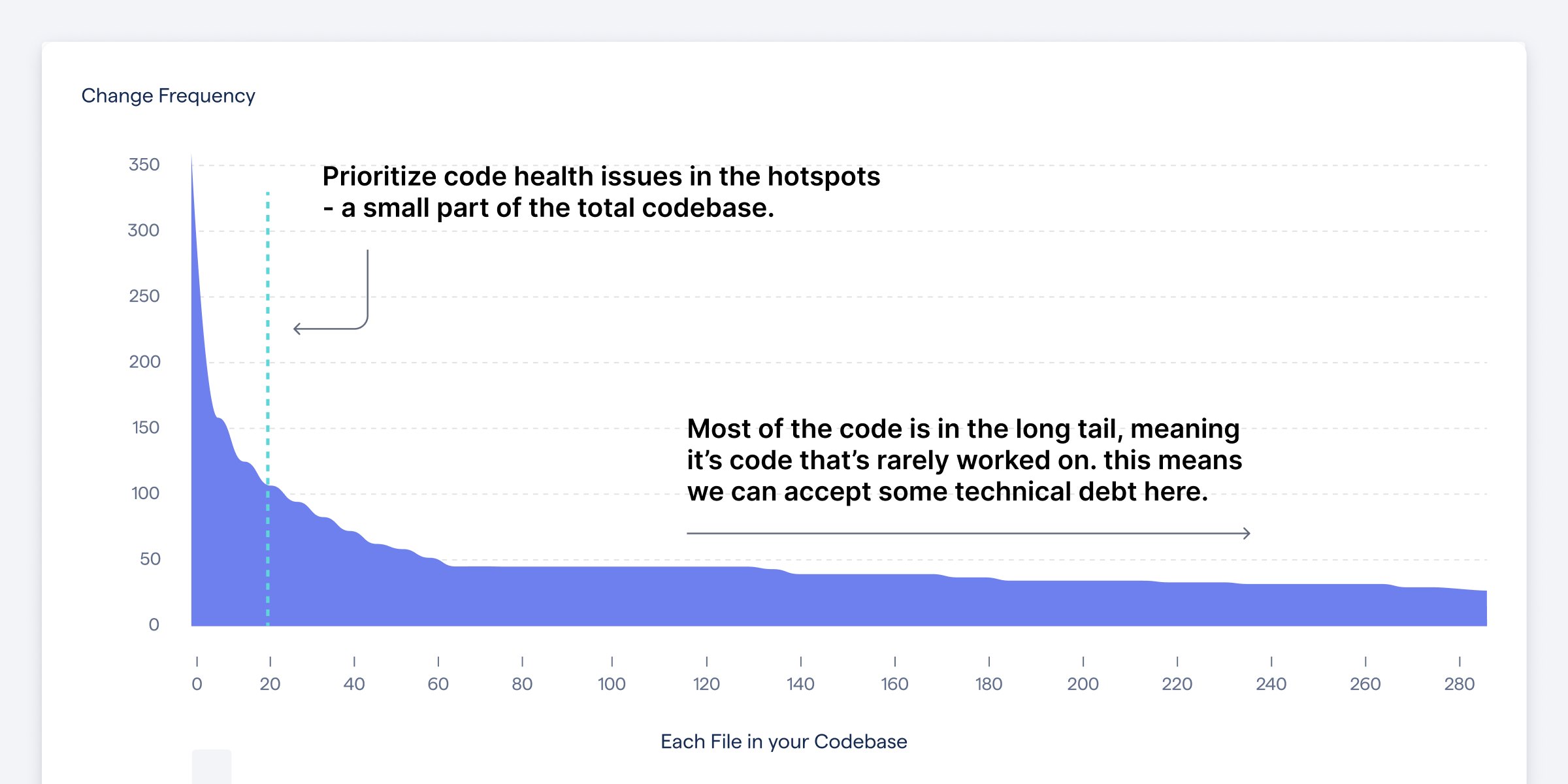
Manage technical debt by prioritizing code health issues based on development impact. Get a clear priorities list and visualize...
CodeScene awarded Best Paper at the 7th International Conference on Technical Debt 2024 for groundbreaking insights in the field...
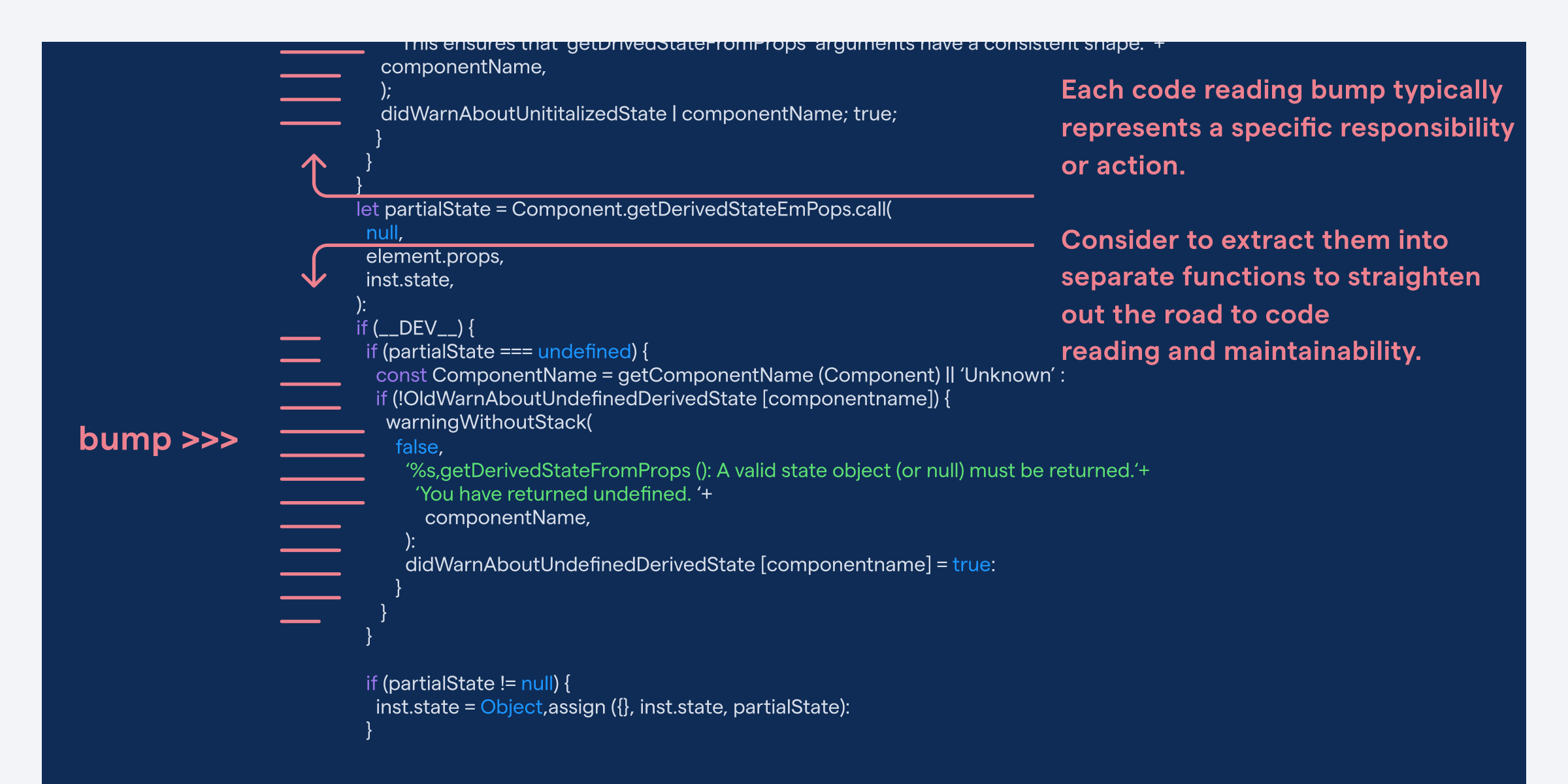
Cyclomatic complexity counts the number of logical paths through a function. The Bumpy Road Code Complexity pattern is a function...
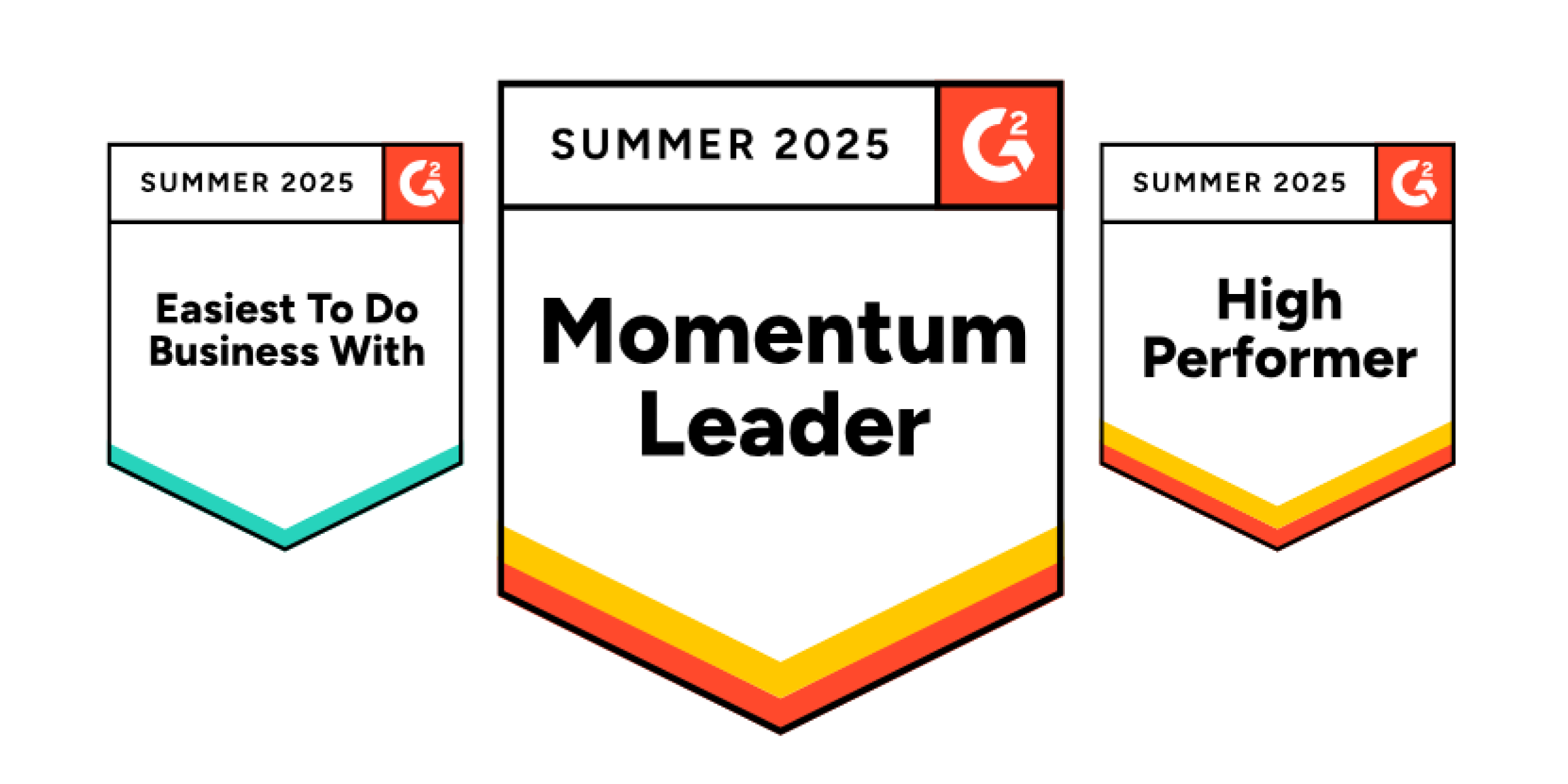
CodeScene earns G2 Summer 2025 awards for High Performer, Momentum Leader, and Easiest To Do Business With.
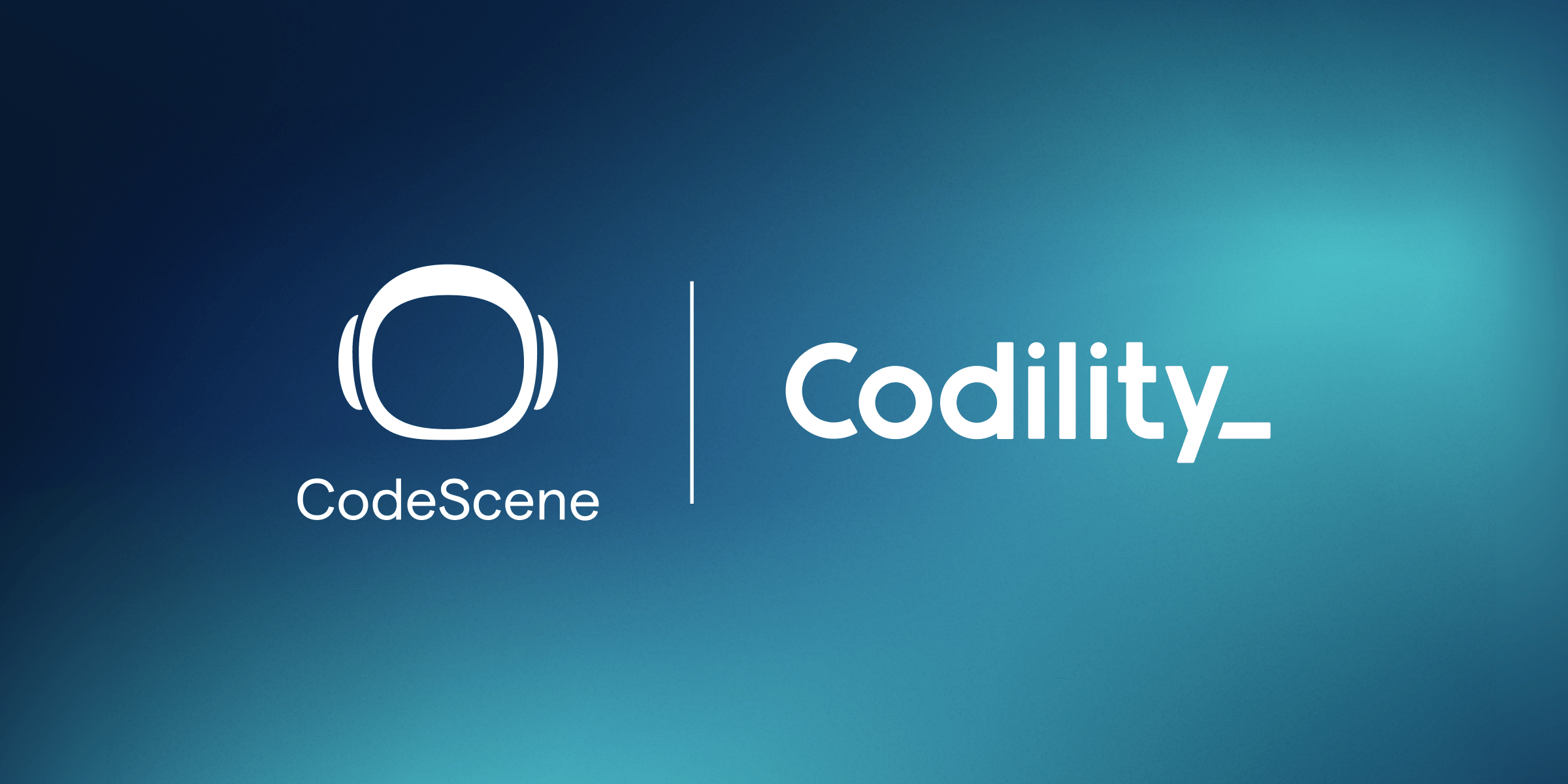
Codility and CodeScene partner to combine skills-based hiring with Code Health insights, redefining how software engineering...
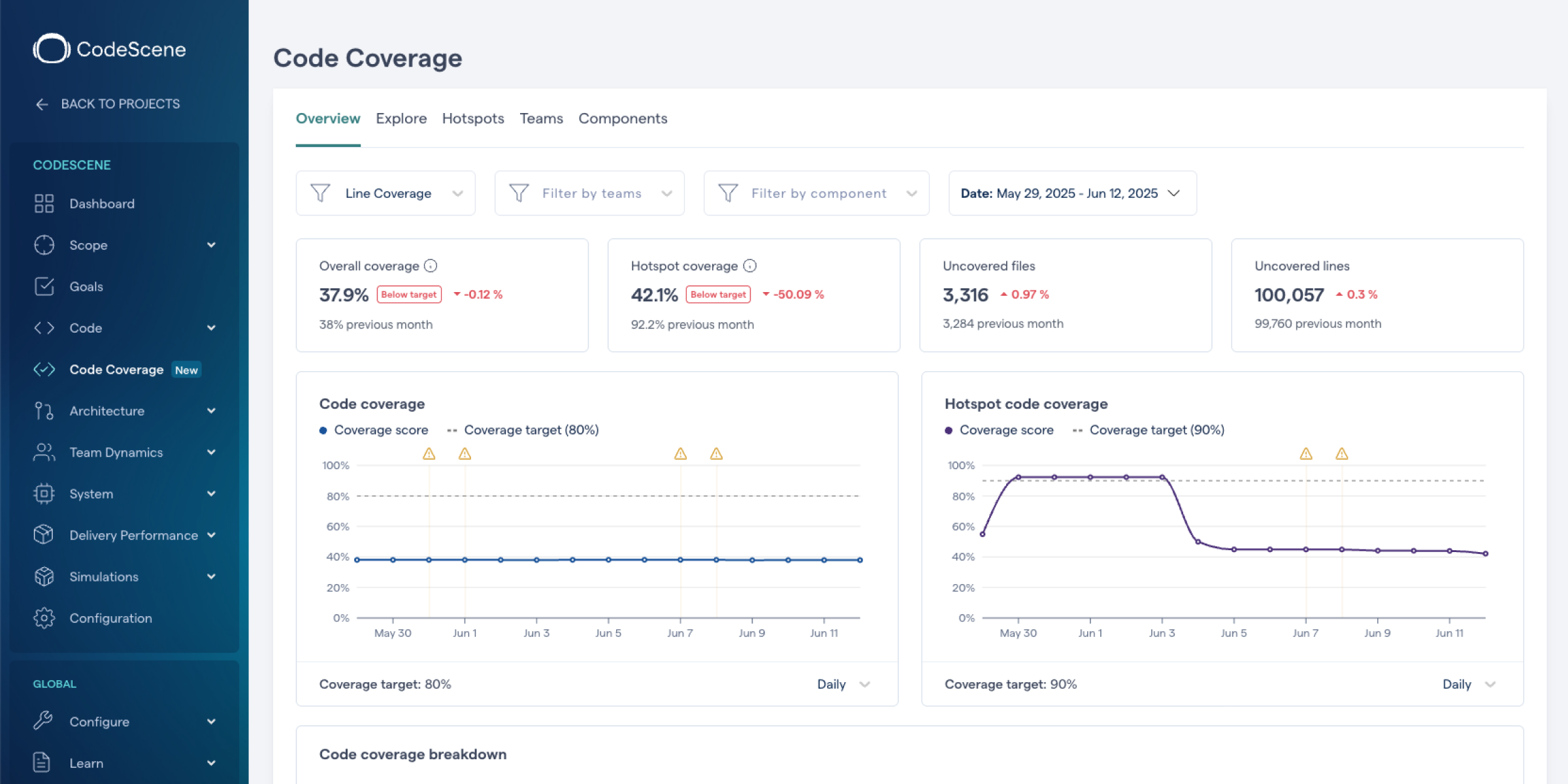
Visualize code coverage across your projects, identify testing gaps, and get actionable recommendations to improve code quality...
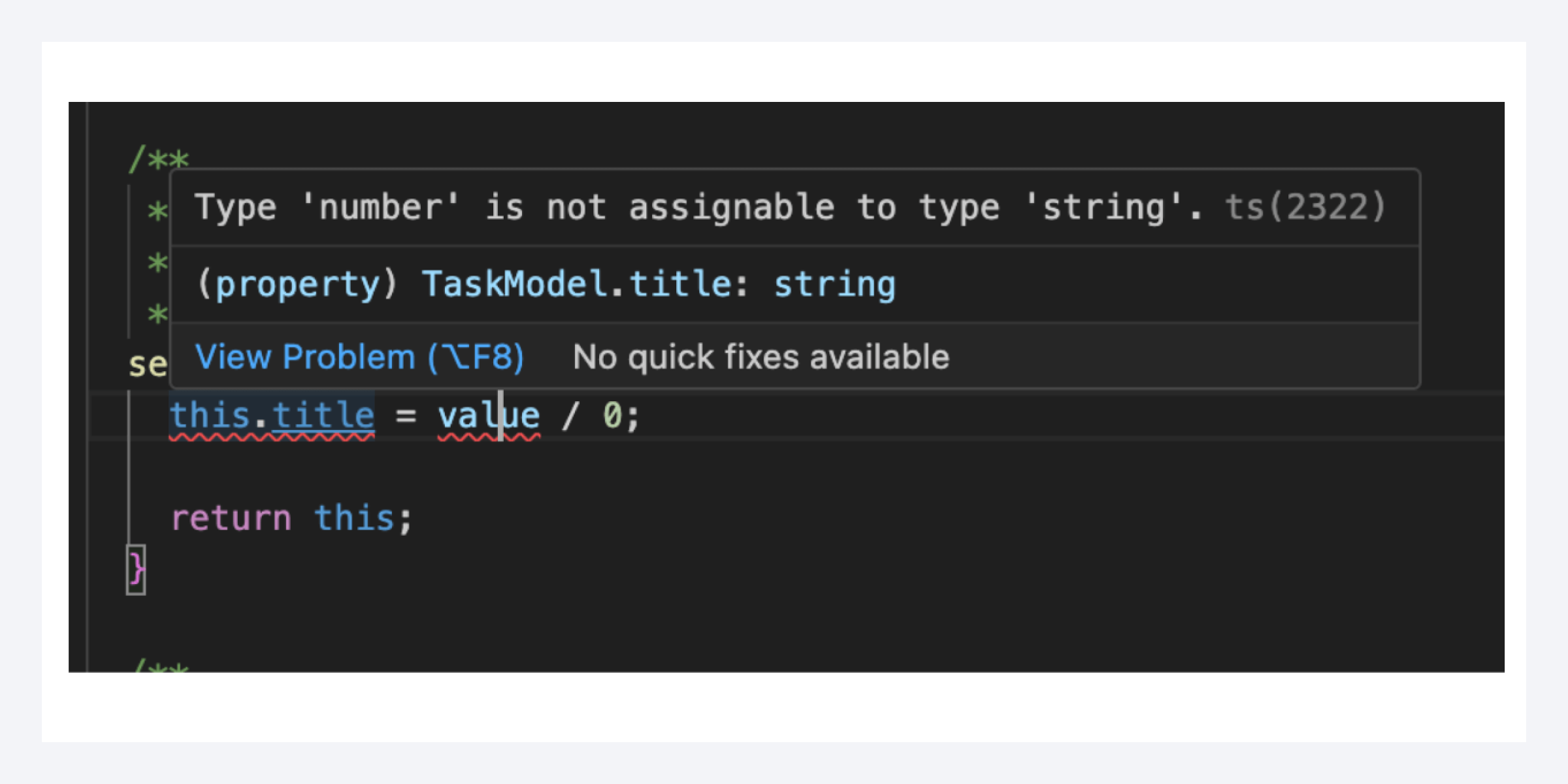
In this article, we’ll explore different kinds of static analyses and what they are good for.

How to integrate automated code reviews within Cursor AI for maintainable, high-quality code with real-time feedback and...
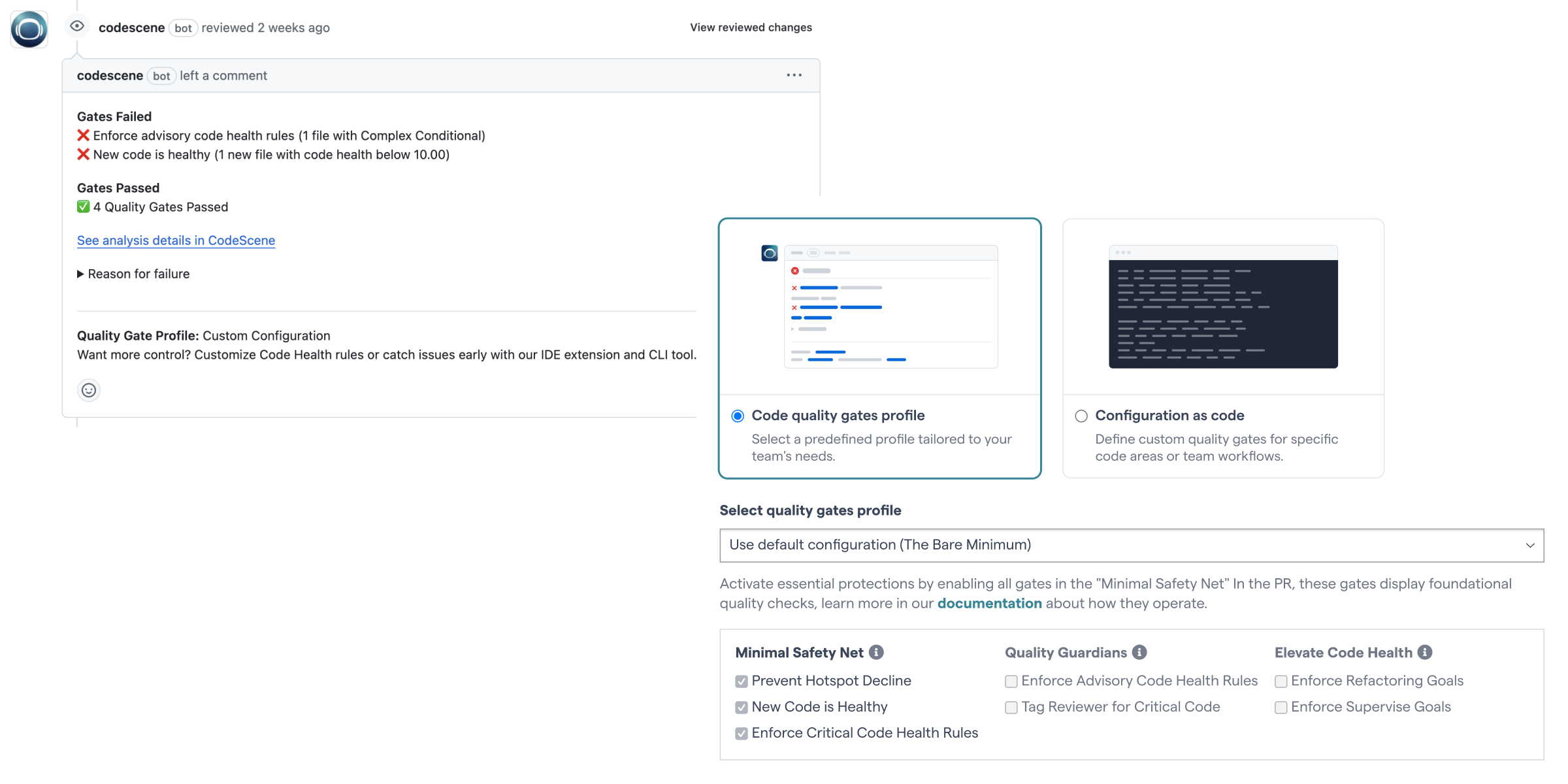
Discover our new Context-Aware Gating feature for pull requests. Automate Code Health reviews to ensure quality standards and...
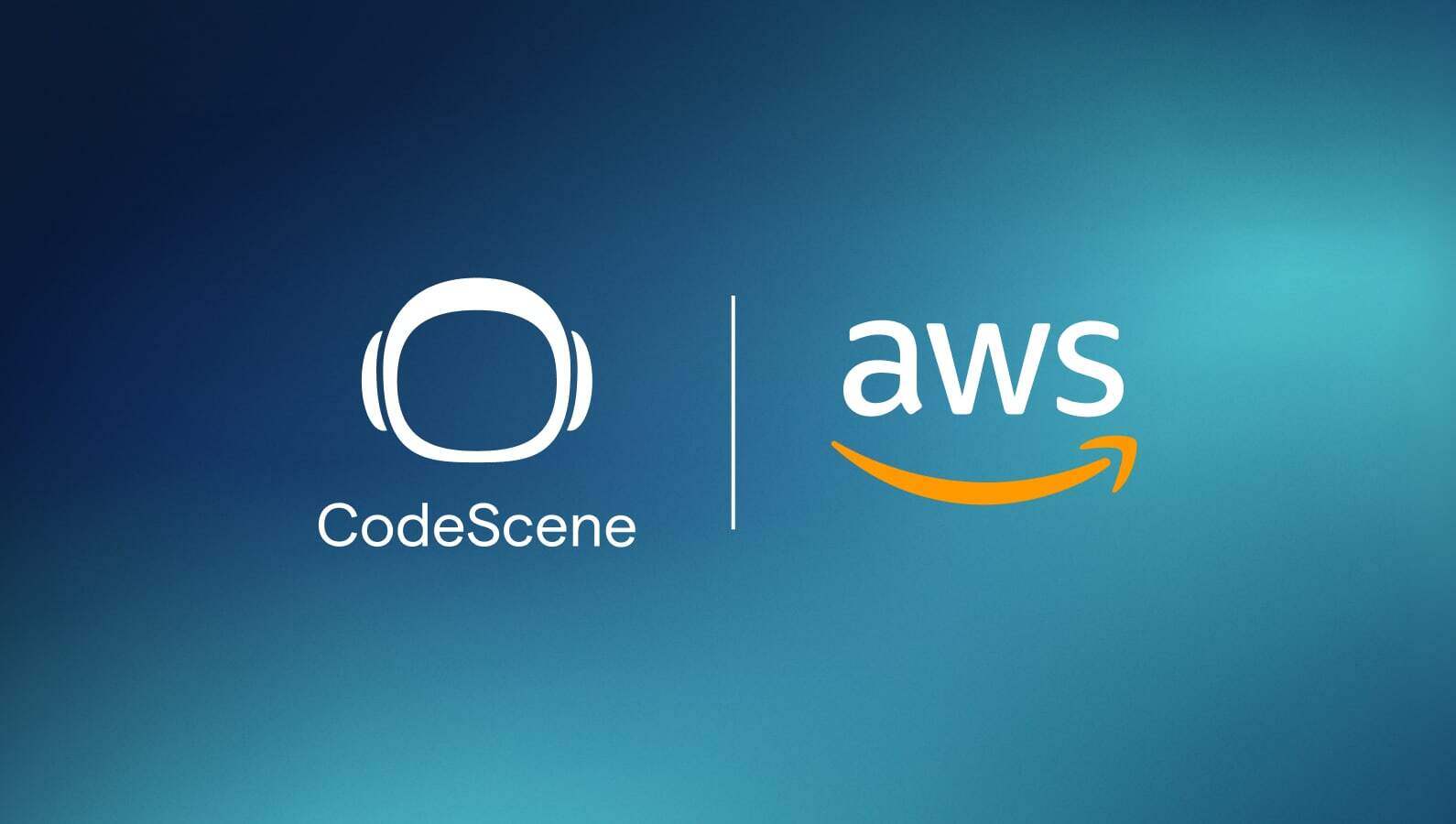
CodeScene is now on AWS Marketplace, offering engineering leaders and developers tools to prioritize improvements and reduce...
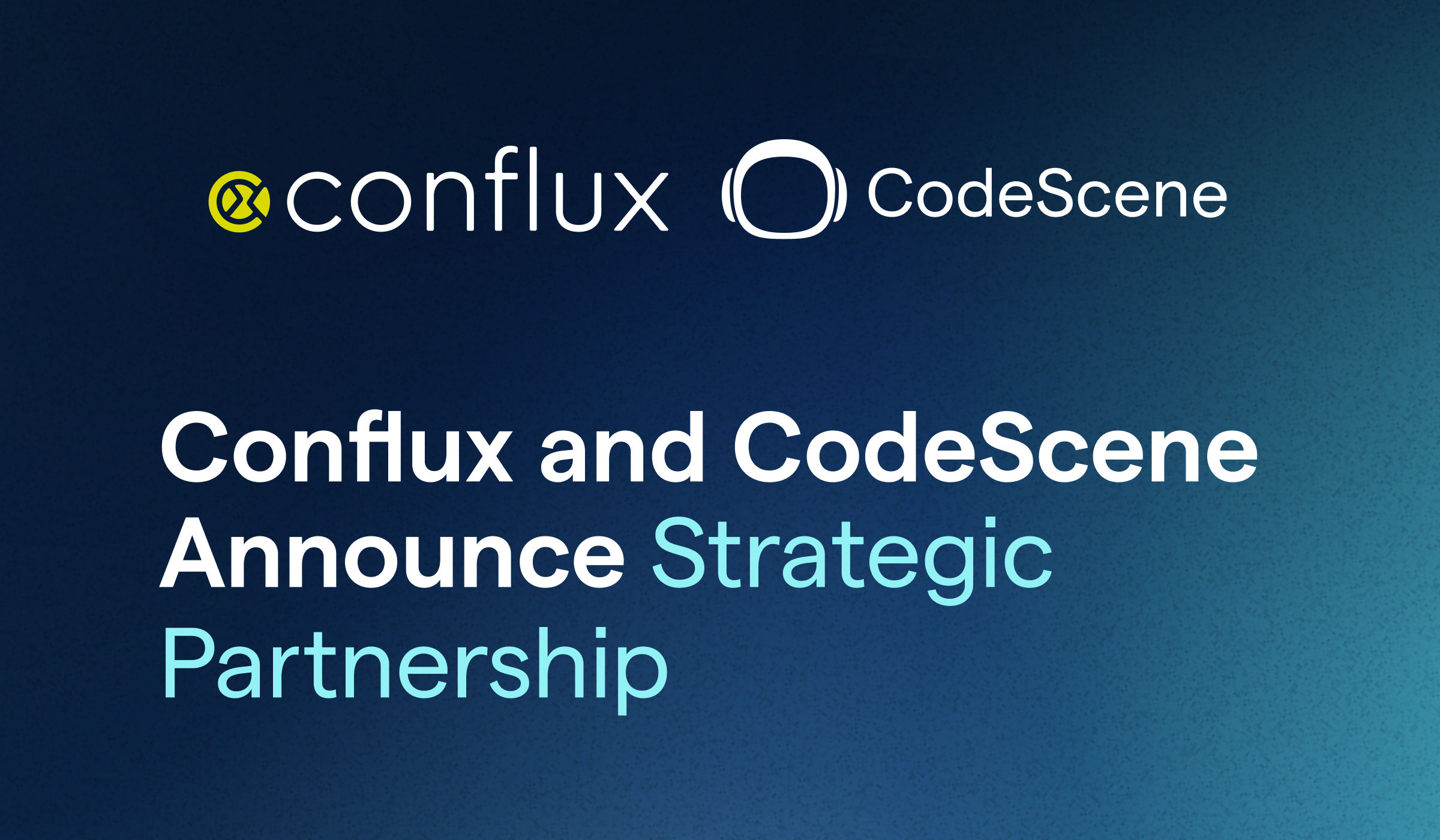
An exciting partnership between Conflux and CodeScene is set to change how enterprises address workflow inefficiencies and improve...
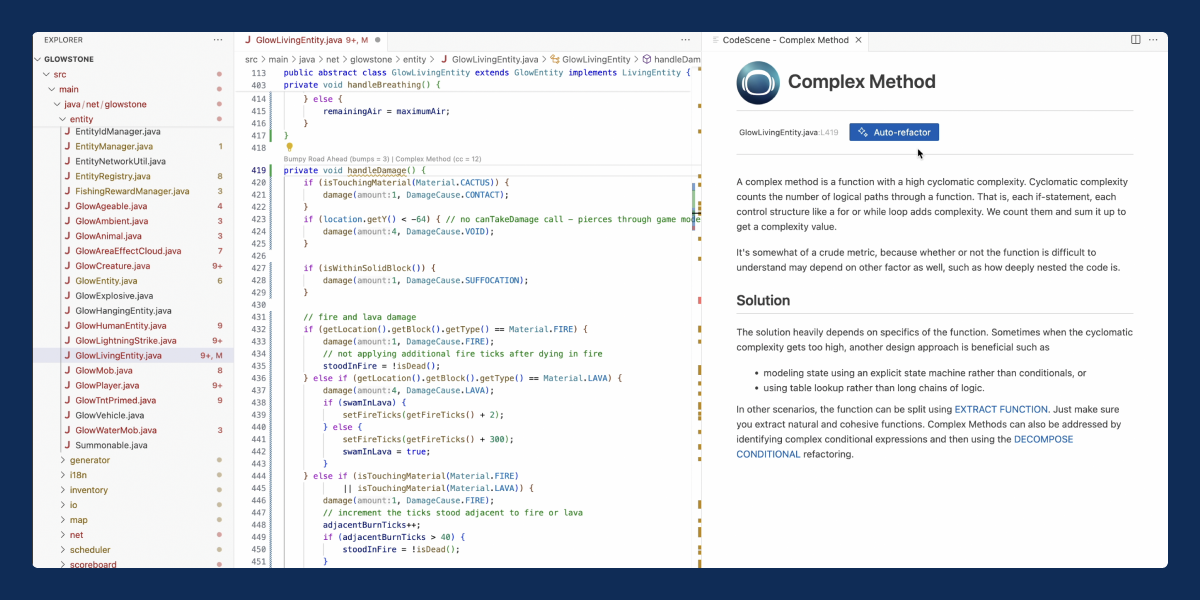
That’s exactly what CodeScene ACE can do for you — automatically fix technical debt and complex code with AI-driven refactoring.

AI-assisted coding is still in its early stages. This article explores the immediate and future impacts of integrating AI...